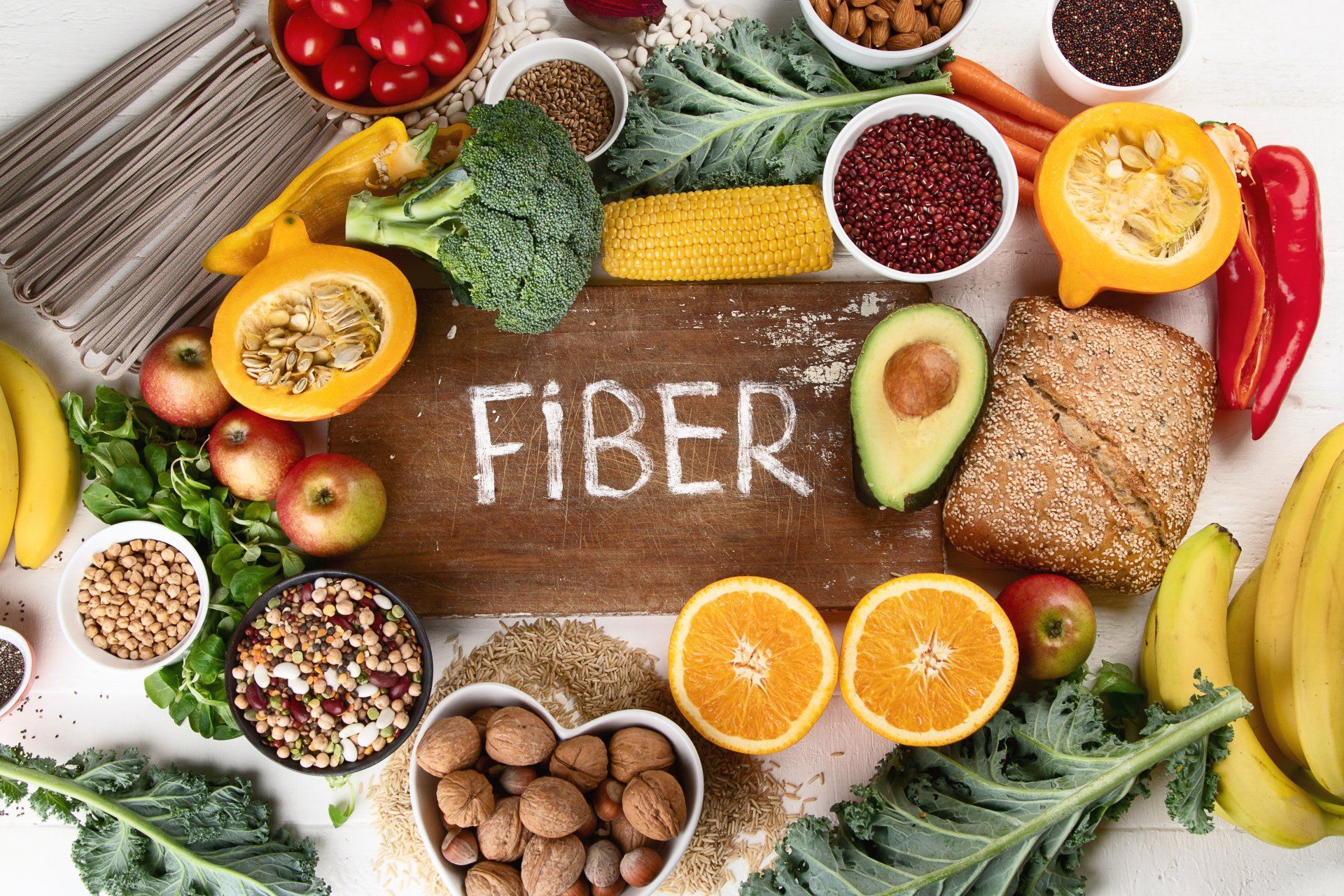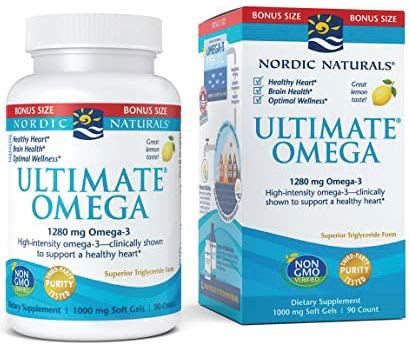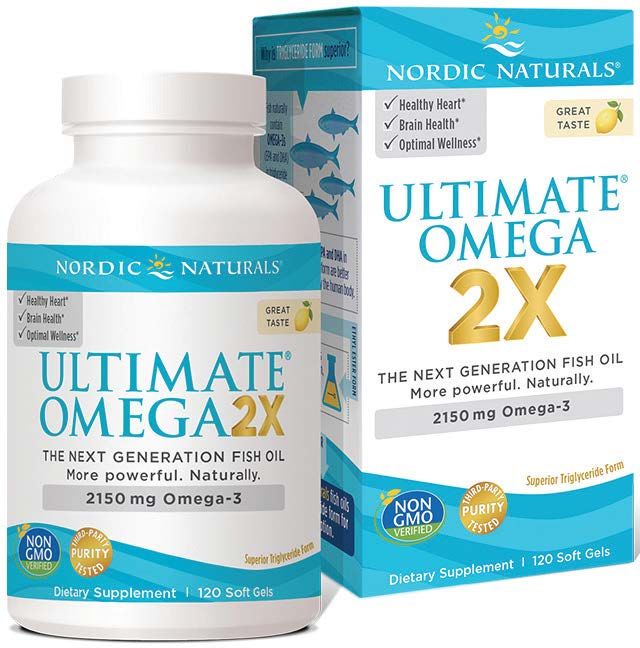






Health begins and ends in the cell. Our bodies have an estimated 60–100 trillion cells and, together, they are responsible for every physical and mental function from our heart rate to our imagination. Whatever our bodies do or do not do well depends upon the health of our cells.
Each and every one of the cells in our bodies is surrounded by a soft, pliable cell membrane, which protects the cell’s contents, integrates nutrients into the cell, and enables cells to communicate with each other. Those membranes require fat to keep them flexible and functioning properly. Omega-3 essential fats EPA and DHA support the cell membrane’s fluidity, flexibility and speed.
The term “omega-3” refers to a family of fatty acids. EPA and DHA are two critical omega-3s that have been shown to support heart and eye health, brain function, a healthy pregnancy, child development, joint and skin health, sports performance, and healthy metabolism.
Our bodies do not make EPA and DHA efficiently, therefore, we must consume these fats through diet. The best direct source of EPA and DHA is cold-water, oily fish. Every day, in response to our environment, our bodies use these precious fats. Once used they must be replaced.
In reality, not all fish oil is created equal. When seeking high-quality fish oil, you should look for certain features that are particularly important: freshness, purity and form.

Making sure your fish oil supplement is fresh is important for taste and product efficacy. The primary reason people resist taking fish oil is fear of unpleasant taste and aftertaste. Higher freshness levels result in better tasting fish oil that doesn’t cause fish burps. Taste and smell are good indicators of freshness. An unpleasant fishy smell, taste or burps indicate that a product is rancid (oxidized). Rancidity reduces the efficacy of fish oil. This applies to liquid and capsule forms of supplementation. Test your fish oil capsules for freshness by biting into them!
Clean fish oil is also critical. Fish oil must be purified to eliminate trace amounts of heavy metals, pesticides and PCBs. A third-party product analysis can validate both purity and freshness. Pure fish oil also consists of one that contains non- GMO ingredients. Eurofins Scientific GeneScan Division, a worldwide consortium of testing laboratories, is an industry leader with over 20 years in GMO testing. It’s a Non- GMO Project accredited lab and is a trusted scientific option for non-GMO verification.
Finally, it’s important to choose supplements in triglyceride form, particularly when selecting a concentrate. Many concentrates are in an ethyl ester form, a form rarely found in nature. Research suggests that triglycerides are more stable, which protects these fats from oxidation. Lastly, scientific evidence suggests triglycerides have an absorptive advantage over ethyl esters.
Nordic Naturals began with a simple goal: give everyone the nutrients they need to live a healthy life. Since 1995, they’ve led the omega-3 fish oil industry by pioneering manufacturing methods to produce exceptionally fresh, pure, and great- tasting omega-3 oils. Importantly, all Nordic Naturals fish oils are Friend of the Sea Certified, which guarantees that every fish used is wild-caught from healthy, sustainable fisheries and sourced in line with strict standards for fishing method, by-catch reduction, and habitat protection.
Nordic Naturals was born out of a pursuit of optimal health by what science makes possible. Today, Nordic Naturals continues their commitment to optimal health with a growing selection of expertly formulated products for every body, including award-winning omega3s, vegetarian probiotics, nutritious gummies, vitamins and more.








Please give us a call for today’s deli hours as they can vary due to staffing.
Grab and go options are always available until close.
FEDERAL WAY
Monday-Saturday: 8 am - 8 pm
Sunday: 9 am - 7 pm
Please call for current deli counter service hours. Grab and go options available until closing.
2565 S. Gateway Center Place
Federal Way, WA 98003
TACOMA
Monday-Saturday: 8 am - 8 pm
Sunday: 9 am - 7 pm
Please call for current deli counter service hours. Grab and go options available until closing.
2951 S. 38th Street
Tacoma, WA 98409